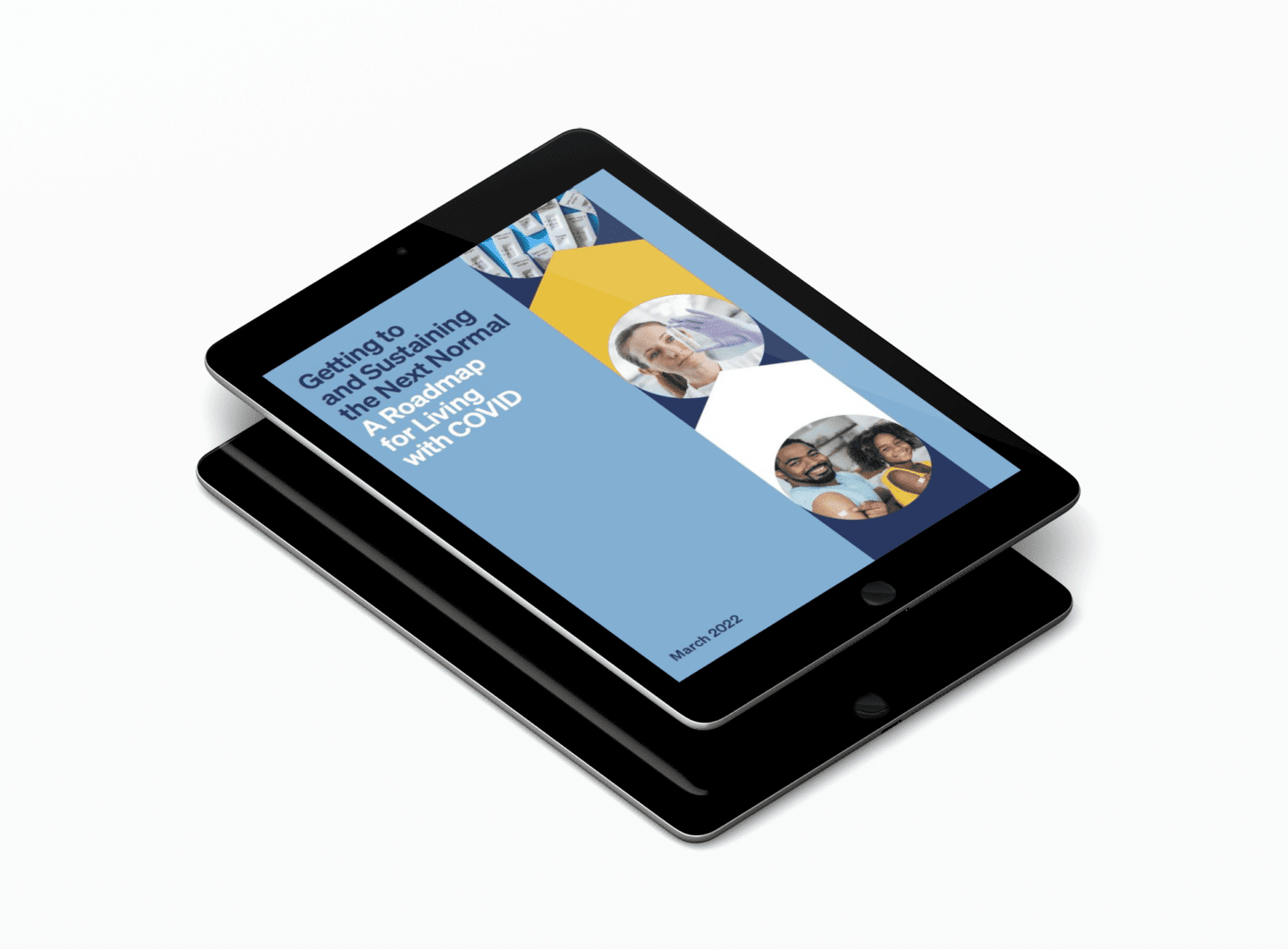At this pivotal moment, COVID GAP urges the world’s response to the pandemic to shift from emergency crisis management to a sustainable control strategy. This strategy should help to build resilient health systems with capabilities to address potential future Covid-19 outbreaks and other public health threats. Driving the urgent need for an updated strategy are important recent developments related to the SARS-CoV-2 virus, the impact of current vaccines, and the world’s response to the pandemic. The Omicron variant’s high transmissibility and partial immune evasion have changed both the purpose and definition of vaccination.
Driving the urgent need for an updated strategy are important recent developments related to the SARS-CoV-2 virus, the impact of current vaccines, and the world’s response to the pandemic. At the same time, two years into the pandemic, attention to other population health priorities can no longer be deferred. Many countries have lost substantial ground in providing routine immunizations, preventive services, and chronic disease management. Improvements in local manufacturing and distribution of vaccines and drugs, and in primary and community-based care, can help control Covid-19 and strengthen preparedness for the next variant or pandemic. With thoughtful planning, these steps could also help countries address their other population health priorities.
Unfortunately, the actions of high-income countries and multilateral organizations to address global Covid-19 needs have been far from sufficient to achieve an equitable emergency response. Now, transitioning to the next phase, the challenges to global equity in Covid-19 containment could worsen. High-income countries are eager to return to more normal activities, undermining current emergency response efforts. The worsening military and humanitarian crisis in Ukraine is consuming growing attention and resources, especially in Europe and North America, and threating food security in many countries, further straining the Covid-19 response.
In response to these factors, COVID GAP issued four actions that national leaders, donors, multilateral organizations, and global public health organizations must support to bring about the urgently needed shift in global strategy:
- Support country-driven goals that reflect local realities and priorities;
- Recognizing the global goal of 70% primary vaccination coverage, immediately prioritize fully vaccinating (including boosters) high-risk populations and health and other essential workers, with the aim of quickly reaching 90% coverage of those most at-risk;
- Provide equitable access to oral antivirals through test-and-treat capabilities; and
- Increase manufacturing capabilities and production in low- and middle-income countries for vaccines, therapies, diagnostic tests, and other critical health products.
A post-Omicron global strategy should build on the world’s successes, learn from its failures, and respond to dynamic conditions on the ground. The greater the delay in adapting to new realities, the higher the cost in lives, health, and economic prosperity.
This report has been updated based on thoughtful, initial feedback and discussions during the Global Call to Action virtual convening held on March 29, 2022. The updated version provides additional clarifications on vaccination coverage priorities.
- Report
The Path Forward: A Post-Omicron Strategy for the Global Covid-19 Response
At this pivotal moment, COVID GAP urges the world’s response to the pandemic to shift from emergency crisis management to a sustainable control strategy. This strategy should help to build resilient health systems with capabilities to address potential future Covid-19 outbreaks and other public health threats. Driving the urgent need for an updated strategy are […]Download PDF
Related Updates

Getting to and Sustaining the Next Normal: A Roadmap for Living With Covid
Getting to and Sustaining the Next Normal: A Roadmap for Living With Covid is a strategic roadmap for how Americans can get to and sustain the “next normal. It acknowledges that eliminating Covid-19 is not a realistic goal. Instead, it argues that the nation must plan to mitigate the effects of Covid-19, prepare for variants […]
More